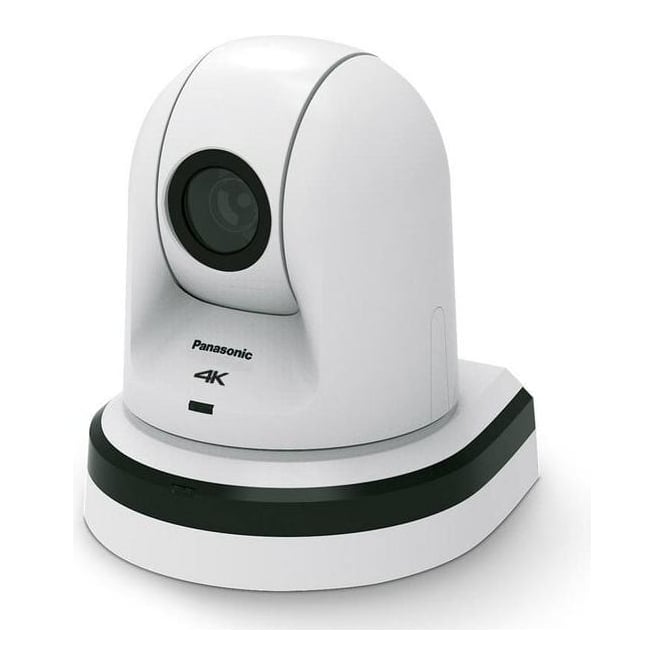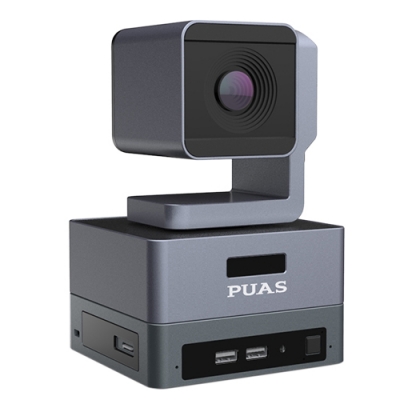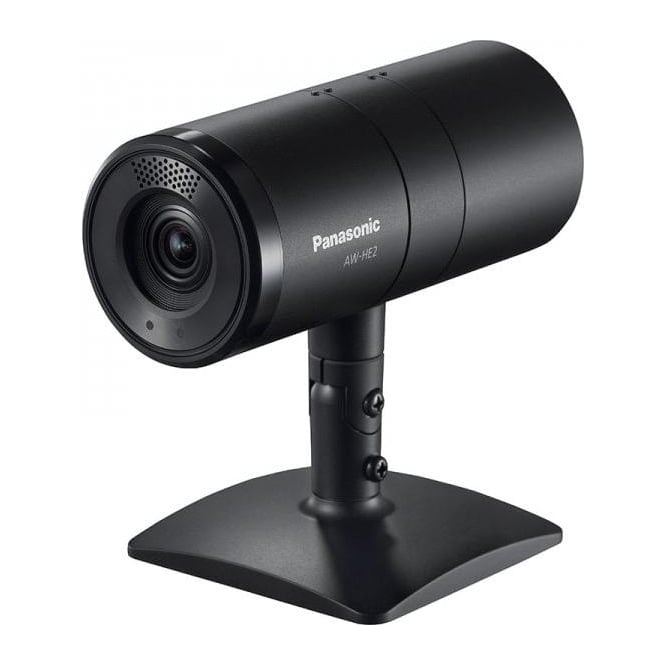Integrated Cameras(webcam) and Sensors
A webcam is a video camera that feeds or streams an image or video in real time to or through a computer network, such as the Internet. Webcams are typically small cameras that sit on a desk, attach to a user’s monitor, or are built into the hardware. Webcams can be used during a video chat session involving two or more people, with conversations that include live audio and video.
Webcam software enables users to record a video or stream the video on the Internet. As video streaming over the Internet requires much bandwidth, such streams usually use compressed formats. The maximum resolution of a webcam is also lower than most handheld video cameras, as higher resolutions would be reduced during transmission. The lower resolution enables webcams to be relatively inexpensive compared to most video cameras, but the effect is adequate for video chat sessions.[1]
The term “webcam” (a clipped compound) may also be used in its original sense of a video camera connected to the Web continuously for an indefinite time, rather than for a particular session, generally supplying a view for anyone who visits its web page over the Internet. Some of them, for example, those used as online traffic cameras, are expensive, rugged professional video cameras.
Webcams typically include a lens, an image sensor, support electronics, and may also include one or even two microphones for sound.

AW-UE7OW
4K

PUAS PTZ
Camera

Panasonic
AWHE2
Sensors
A sensor is a device, module, machine, or subsystem whose purpose is to detect events or changes in its environment and send the information to other electronics, frequently a computer processor. A sensor is always used with other electronics.
Sensors are used in everyday objects such as touch-sensitive elevator buttons (tactile sensor) and lamps which dim or brighten by touching the base, besides innumerable applications of which most people are never aware. With advances in micromachinery and easy-to-use microcontroller platforms, the uses of sensors have expanded beyond the traditional fields of temperature, pressure or flow measurement,[1] for example into MARG sensors. Moreover, analog sensors such as potentiometers and force-sensing resistors are still widely used. Applications include manufacturing and machinery, airplanes and aerospace, cars, medicine, robotics and many other aspects of our day-to-day life. There are a wide range of other sensors, measuring chemical & physical properties of materials. A few examples include optical sensors for Refractive index measurement, vibrational sensors for fluid viscosity measurement, and electrochemical sensors for monitoring the pH of fluids.
A sensor’s sensitivity indicates how much the sensor’s output changes when the input quantity being measured changes. For instance, if the mercury in a thermometer moves 1 cm when the temperature changes by 1 °C, the sensitivity is 1 cm/°C (it is basically the slope dy/dx assuming a linear characteristic). Some sensors can also affect what they measure; for instance, a room temperature thermometer inserted into a hot cup of liquid cools the liquid while the liquid heats the thermometer. Sensors are usually designed to have a small effect on what is measured; making the sensor smaller often improves this and may introduce other advantages.[2]
Technological progress allows more and more sensors to be manufactured on a microscopic scale as microsensors using MEMS technology. In most cases, a microsensor reaches a significantly faster measurement time and higher sensitivity compared with macroscopic approaches.[2][3] Due to the increasing demand for rapid, affordable and reliable information in today’s world, disposable sensors—low-cost and easy‐to‐use devices for short‐term monitoring or single‐shot measurements—have recently gained growing importance. Using this class of sensors, critical analytical information can be obtained by anyone, anywhere and at any time, without the need for recalibration and worrying about contamination.
Identity Verification Solutions
From eID we offer KYC (Know Your Customer), customer onboarding and digital identity solutions and services that help our customers to provide theirs a unique, simple, frictionless, high-security experience that meets the highest standards required in international regulations. AML (Anti-Money Laundering) and eIDAS (Electronic Identification, Authentication and etrust Services) regulations are remodeling the market by allowing customer acquisition processes to be reduced from weeks to seconds to, for example, open a bank account online with total security and complying with the law.
Our Video IDentification, Advanced and Qualified Electronic Signature, and Facial Biometric Authentication services are transforming the way in which companies and customers interact. Current eKYC solutions, powered by Artificial Intelligence and Machine Learning allow businesses in any sector, such as banking, insurance, financial and investment services, to be digitally transformed, reduce digital customer onboarding costs and grow by offering a unique user experience.
AML | Anti-Money Laundering
- RegTech Company
- 5AMLD deadlines
- 6AMLD Regulation
- What is KYC (Know Your Customer)
- eKYC meaning
- What is Know Your Business (KYB)
Electronic Signature
- SignatureID, digital signature
- Advanced Electronic Signature
- eIDAS and electronic signature
- eSignature Contracts
- Certification Authorities
Video IDentification
- What is IDentity Verification
- 5AMLD deadlines
- Picture-based digital identification not
- VideoID vs face-to-face identification
- What is Digital Onboarding
- Digital Onboarding in banking
Video IDentification
- SmileID: Digital authentication service
- Biometric facial recognition
- Face biometrics in payment
- Facial biometrics eSignature
- Facial Biometric Access Control
